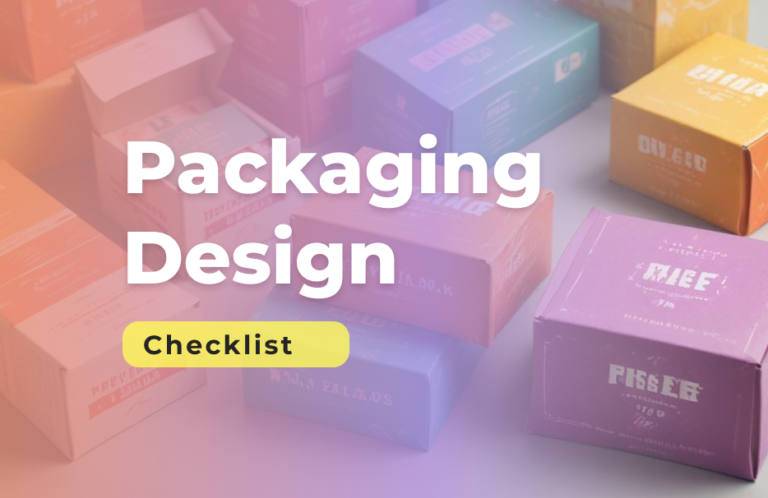Packaging design plays a crucial role in how a product is perceived by customers. It’s the first point of contact between the product and the consumer, influencing purchase decisions. Whether you’re an experienced designer or new to the field, having a solid checklist ensures that your design is both effective and appealing. Here are 10 essential points every designer should remember when creating packaging:
1. Understand the Target Audience
Before starting any design, it’s vital to know who the product is for. Are you targeting luxury shoppers, eco-conscious consumers, or kids? The packaging needs to reflect the values, preferences, and expectations of your audience. For example, bright colors and playful fonts appeal to children, while minimalist designs with earthy tones may attract eco-conscious customers.
2. Focus on Brand Identity
Packaging should be a natural extension of the brand. Ensure that the packaging aligns with the company’s values, colors, and tone of voice. Consistency with other brand materials, such as logos, brochures, and websites, helps create a unified brand experience, making it easier for consumers to recognize and trust the product.
3. Choose the Right Materials
The choice of materials affects not only the look and feel of the packaging but also its functionality and environmental impact. Depending on the product, you may need to choose materials that are durable, recyclable, or cost-effective. For example, if you’re designing for an organic product, opting for eco-friendly packaging materials can align with the brand’s values.
4. Prioritize Functionality
Packaging should protect the product from damage during transportation and storage while being easy to open and use. Think about practical elements such as the size, shape, and ease of use. Functional design also includes resealable options, proper ventilation (for food products), and ergonomic considerations that improve the customer experience.
5. Keep the Shelf Impact in Mind
Your design should stand out on the shelf. Bold, eye-catching designs can grab attention, but they also need to communicate the product clearly. Consider how the product will be displayed in stores and design with visibility in mind. Ensure that the packaging is attractive when viewed from different angles, as it may not always be front-facing on a shelf.
6. Create Clear and Informative Labels
Customers should be able to quickly understand what the product is, its benefits, and how to use it. Include necessary information like the product name, ingredients, instructions, and any legal disclaimers. Additionally, use legible fonts and appropriate text sizes, especially if you have to fit in multiple languages or certifications.
7. Balance Aesthetics and Practicality
While aesthetics are important, packaging should not sacrifice practicality. Overly complicated designs can confuse or frustrate consumers. Strive for a balance between beauty and usability. For instance, intricate designs might look stunning but may make it difficult for customers to identify essential information or open the package easily.
8. Consider Sustainability
Sustainability is increasingly becoming a key consideration in packaging design. Consumers are more likely to choose eco-friendly options, and brands are moving toward reducing their environmental footprint. Think about how you can reduce waste, use recyclable or biodegradable materials, and minimize excessive packaging without compromising on product protection or aesthetics.
9. Ensure Compliance with Legal Regulations
Different countries and regions have packaging laws and regulations that must be followed, such as displaying specific health warnings or nutritional information. Ensure that your packaging complies with all local and international legal requirements. Missing this step can lead to costly redesigns or fines.
10. Test Your Design
Before going into full production, it’s important to test your packaging design. This can be done through prototypes, focus groups, or soft launches. Look for any issues in durability, readability, or ease of use. Testing also allows you to gather feedback from real consumers and make necessary adjustments to ensure the packaging performs well in real-world conditions.
Final Thoughts
Designing effective packaging is a blend of creativity, functionality, and strategy. By keeping these 10 key points in mind, you’ll be well on your way to creating designs that not only attract customers but also provide them with a seamless user experience. Remember, packaging is more than just a container; it’s a vital part of the product’s identity and success.

